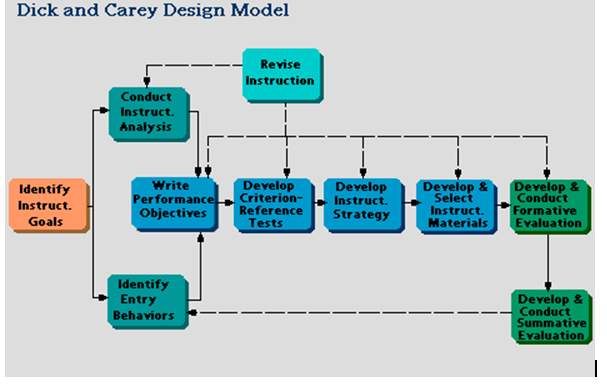 According to the
text book, a “performance problem” is workers not performing adequately on the
job. I teach PE. I am the only teacher
in my classes and I have anywhere from 28 to 35 students in all my classes.
It’s nearly impossible for me to efficiently get all my students within their
healthy fitness level as required in a state mandated test called the
Fitnessgram, due to the time and lack of personnel. This I feel is a
performance problem. I desire the results of good health for all my students,
but my energy, patients, lack of resources, and environmental support defeats me
and my goals for my students. I believe if I had and more staffing, like an
aide, I could be able to accomplish these state goals
According to the
text book, a “performance problem” is workers not performing adequately on the
job. I teach PE. I am the only teacher
in my classes and I have anywhere from 28 to 35 students in all my classes.
It’s nearly impossible for me to efficiently get all my students within their
healthy fitness level as required in a state mandated test called the
Fitnessgram, due to the time and lack of personnel. This I feel is a
performance problem. I desire the results of good health for all my students,
but my energy, patients, lack of resources, and environmental support defeats me
and my goals for my students. I believe if I had and more staffing, like an
aide, I could be able to accomplish these state goals
A performance
support system (PSS) is “a system that provides the user with information,
guidance, and learning experiences where ever and whenever a user needs it”. (http://www2.gsu.edu/~wwwitr/docs/nextgen/index.html
The Fitnessgram is my performance support systems that helps aid and guide me
to know where my students are health/fit wise or where they need to go to be
fit and healthy. The Fitnessgram is a good PSS because it gives me the flexibility
to customize the program to my students needs.
Having explicit knowledge along with tacit knowledge will
help me manage my lessons and students.
Explicit knowledge will help me document each student’s strengths and
weakness. And tacit knowledge will help me know what lessons/exercises are the
most successful in getting my students performance ready for the Fitnessgram.
 Keeping with the same topic of the “Fitnessgram”, I
believe that all six factors of informal learning help me be a better PE
teacher for my students. I’ve experienced all six different types of informal
learning in my organization or school while facilitating the Fitnessgram. First
there is “nature of the outcomes”. Through informal learning you can gauge and
measure the outcome of the student using the Fitnessgram pre-setup program.
Second, is “experience”. Year after year of giving the Fitnessgram test, I’ve
come to find out the fastest, most efficient ways to administer the test to the
students for maximum results or performance. It’s a trial and error at its
best. The “origin” is the outside of school training the students do themselves
to get their body ready for the test. The “role of the students” this one requires
a lot of motivation on my part. I can’t
make the students want to be fit and healthy. All I can do is encourage,
encourage, encourage! Next is “Role of the instructor”. This is where I collaborate
with other PE teaches and see what works for them with motivation, types of exercise,
and comparing notes and ideas on how to best use the Fitnessgram as a learning
tool and not a tool that sets the students up for failure. And finally, the “role
of the instructional designer”, this is where I as the PE teacher will crunch
my numbers and send the results to the state. I will report to the stakeholders
the positive and negative things of the Fitnessgram program.
Keeping with the same topic of the “Fitnessgram”, I
believe that all six factors of informal learning help me be a better PE
teacher for my students. I’ve experienced all six different types of informal
learning in my organization or school while facilitating the Fitnessgram. First
there is “nature of the outcomes”. Through informal learning you can gauge and
measure the outcome of the student using the Fitnessgram pre-setup program.
Second, is “experience”. Year after year of giving the Fitnessgram test, I’ve
come to find out the fastest, most efficient ways to administer the test to the
students for maximum results or performance. It’s a trial and error at its
best. The “origin” is the outside of school training the students do themselves
to get their body ready for the test. The “role of the students” this one requires
a lot of motivation on my part. I can’t
make the students want to be fit and healthy. All I can do is encourage,
encourage, encourage! Next is “Role of the instructor”. This is where I collaborate
with other PE teaches and see what works for them with motivation, types of exercise,
and comparing notes and ideas on how to best use the Fitnessgram as a learning
tool and not a tool that sets the students up for failure. And finally, the “role
of the instructional designer”, this is where I as the PE teacher will crunch
my numbers and send the results to the state. I will report to the stakeholders
the positive and negative things of the Fitnessgram program.
All in all, fitness and technology seem like two opposite
ends of the spectrum. But with quality training and high-quality programs, I
think they can work side by side to accomplish unbelievable results.





